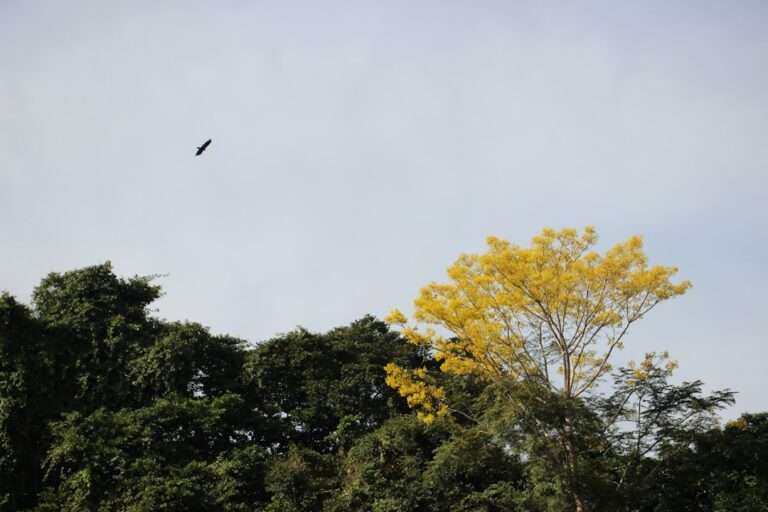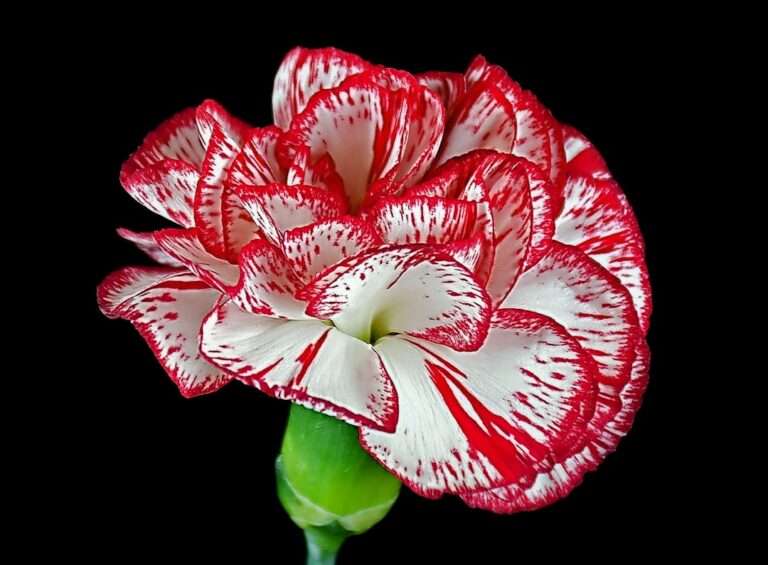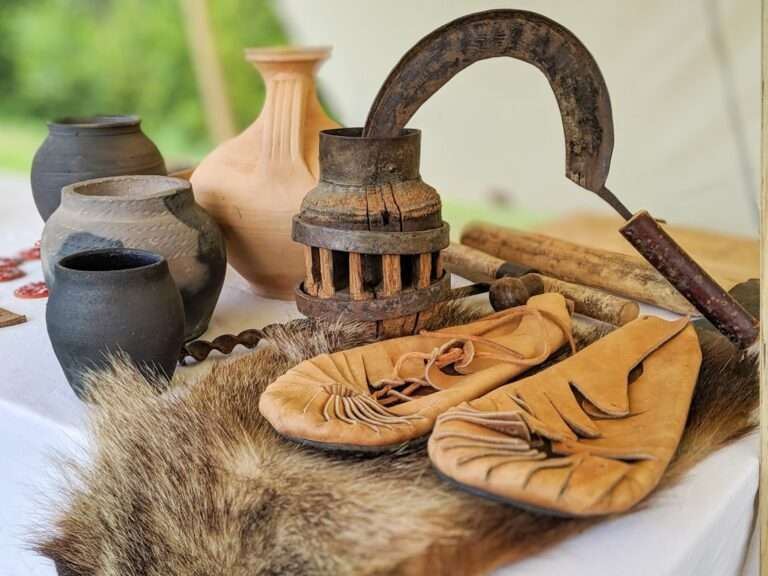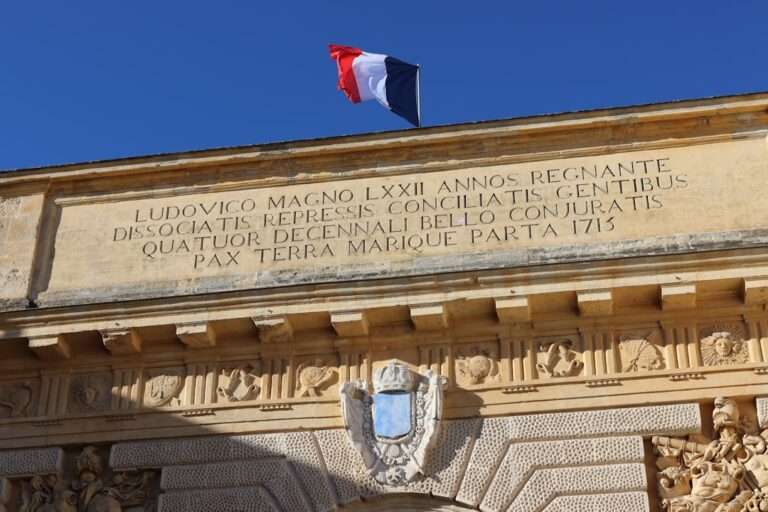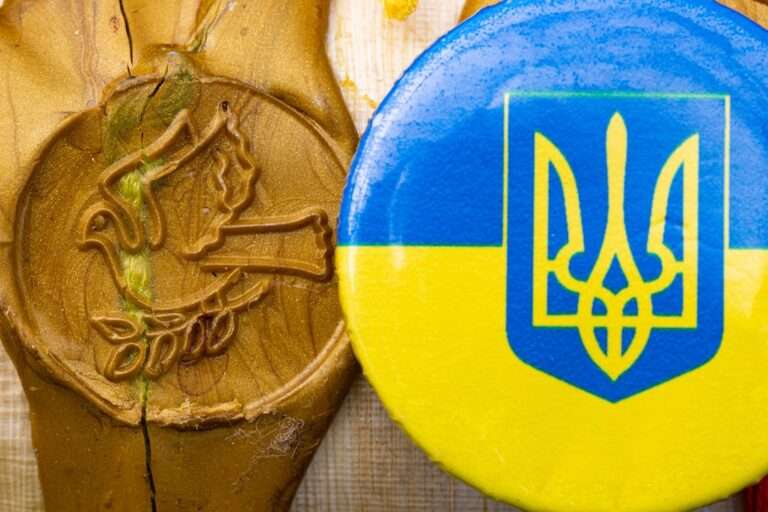What are the varied meanings of the butterfly symbol across cultures?

The butterfly has long been a captivating symbol in human culture, representing transformation, growth, and rebirth. Its metamorphosis from caterpillar to winged insect has inspired awe and admiration across various societies throughout history. The butterfly’s symbolism is prevalent in diverse forms of artistic expression, literature, and mythological narratives worldwide, conveying a multitude of meanings.
This article examines the butterfly’s symbolic significance in different cultural contexts and explores its role as a universal emblem of change and aesthetic beauty. By analyzing the butterfly’s representation in various traditions, we can gain insight into its enduring appeal and the common themes it embodies across human experiences.
Key Takeaways
- The butterfly is a widely recognized symbol of transformation and change in many cultures around the world.
- In Western culture, the butterfly is often associated with the soul, resurrection, and the fleeting nature of life.
- In Eastern culture, the butterfly represents love, joy, and the beauty of nature.
- In Indigenous cultures, the butterfly is seen as a symbol of hope, endurance, and the interconnectedness of all living things.
- In mythology and folklore, the butterfly is often linked to the idea of rebirth, immortality, and the human psyche.
The Butterfly Symbol in Western Culture
The Soul and Resurrection
In Christian art, the butterfly is often depicted as a symbol of the resurrection of Christ, emerging from its chrysalis just as Christ emerged from the tomb. This association is rooted in the idea that the butterfly’s transformation from a caterpillar to a magnificent winged creature is a powerful metaphor for the soul’s journey towards resurrection and eternal life.
Personal Growth and Transformation
In literature, the butterfly is often used as a metaphor for personal growth and transformation. For example, in Nathaniel Hawthorne’s “The Scarlet Letter,” the character Pearl is often associated with butterflies, symbolizing her own journey of self-discovery and transformation. The butterfly’s profound metamorphosis has made it a powerful symbol of change and evolution, inspiring people to embrace their own transformations and the beauty of life.
Freedom, Beauty, and Elegance
The butterfly is also seen as a symbol of freedom and liberation, its ability to fly and soar through the air making it a powerful symbol of independence and breaking free from constraints. The butterfly’s delicate and graceful movements have also made it a symbol of beauty and elegance, reminding us of the fleeting nature of existence and the importance of appreciating life’s beauty.
The Butterfly Symbol in Eastern Culture

In Eastern cultures, the butterfly is often seen as a symbol of endurance, change, and renewal. In Chinese culture, the butterfly is associated with love and happiness, and is often used as a symbol of marital bliss. The Chinese word for butterfly, “hu die,” is also a homophone for “butterfly,” which has led to the belief that butterflies are messengers of love and joy.
In Japanese culture, the butterfly is seen as a symbol of the soul, and is often used in art and literature to convey themes of transformation and rebirth. The Japanese word for butterfly, “cho,” is also a homophone for “longevity,” which has led to the belief that butterflies are symbols of endurance and resilience. In Eastern cultures, the butterfly is often seen as a symbol of spiritual transformation and enlightenment.
In Hinduism, the butterfly is associated with the goddess Saraswati, who is often depicted riding on a white swan or butterfly. The butterfly is also seen as a symbol of rebirth and renewal in Hindu mythology, as it undergoes a profound transformation from a caterpillar to a butterfly. In Buddhism, the butterfly is often used as a symbol of the soul’s journey towards enlightenment, as it undergoes a process of metamorphosis to achieve its ultimate form.
The butterfly’s ability to transcend its earthly form has made it a powerful symbol of spiritual growth and enlightenment in Eastern cultures.
The Butterfly Symbol in Indigenous Cultures
In indigenous cultures around the world, the butterfly is often seen as a symbol of transformation, change, and renewal. In Native American cultures, the butterfly is seen as a symbol of change and rebirth, as it undergoes a profound transformation from a caterpillar to a butterfly. The Navajo people believe that butterflies are messengers of beauty and joy, and are often associated with healing and transformation.
In Mexican culture, the monarch butterfly is seen as a symbol of the souls of departed loved ones returning to earth during the Day of the Dead festival. The monarch butterfly’s annual migration to Mexico has been seen as a powerful symbol of renewal and rebirth in Mexican culture. In indigenous cultures, the butterfly is often seen as a symbol of interconnectedness and harmony with nature.
Many indigenous cultures believe that butterflies are messengers from the spirit world, bringing messages of hope and guidance to those who encounter them. In Australian Aboriginal culture, the butterfly is seen as a symbol of connection to the land and the natural world, and is often used in art and storytelling to convey themes of transformation and renewal. The butterfly’s ability to navigate through different landscapes has made it a powerful symbol of adaptability and resilience in indigenous cultures around the world.
The Butterfly Symbol in Mythology and Folklore
In mythology and folklore from around the world, the butterfly is often seen as a symbol of transformation, rebirth, and renewal. In Greek mythology, the goddess Psyche is often depicted with butterfly wings, symbolizing her own journey of self-discovery and transformation. The ancient Greeks believed that butterflies were symbols of the soul’s journey towards immortality, as they undergo a process of metamorphosis to achieve their ultimate form.
In Norse mythology, the goddess Freyja is often associated with butterflies, which are seen as symbols of fertility and rebirth. In folklore from around the world, butterflies are often seen as symbols of good luck and fortune. In Irish folklore, it is believed that seeing a white butterfly is a sign of good luck and prosperity.
In Russian folklore, butterflies are seen as symbols of happiness and joy, and are often associated with love and romance. In African folklore, butterflies are often seen as messengers from the spirit world, bringing messages of hope and guidance to those who encounter them. The butterfly’s ability to navigate through different landscapes has made it a powerful symbol of adaptability and resilience in mythology and folklore from around the world.
The Butterfly Symbol in Art and Literature

The Soul’s Journey in Renaissance Art
In Renaissance art, the butterfly was often used as a symbol of the soul’s journey towards immortality, as it undergoes a process of metamorphosis to achieve its ultimate form. The delicate wings of the butterfly have been depicted in countless paintings and sculptures, conveying themes of fragility and beauty.
Personal Growth and Transformation in Literature
In literature, the butterfly has been used as a metaphor for personal growth and transformation. For example, in Gabriel Garcia Marquez’s “One Hundred Years of Solitude,” the character Remedios is often associated with butterflies, symbolizing her own journey of self-discovery and transformation. Similarly, in Isabel Allende’s “The House of the Spirits,” the character Clara is often associated with butterflies, symbolizing her own journey of self-discovery and transformation.
Freedom and Liberation in Contemporary Art
In contemporary art, the butterfly has been used as a powerful symbol of freedom and liberation. Artists such as Damien Hirst have used butterflies in their artwork to convey themes of beauty and transience. The delicate wings of the butterfly have been used in sculptures and installations to create stunning visual effects that convey themes of fragility and impermanence.
The Universality of the Butterfly Symbol
In conclusion, the butterfly is a symbol that transcends cultural boundaries and has been revered in various cultures around the world for its symbolism of change, growth, and rebirth. Whether it is seen as a symbol of spiritual transformation in Eastern cultures or as a sign of good luck in Western folklore, the butterfly has come to represent universal themes of beauty, freedom, and resilience. Its ability to undergo a profound metamorphosis has made it a powerful symbol of personal growth and transformation in art, literature, mythology, and folklore from around the world.
The universality of the butterfly symbol serves as a reminder that despite our differences, we are all connected by our shared experiences of change and renewal.
FAQs
What is the butterfly symbol?
The butterfly symbol is a widely recognized symbol that represents transformation, change, and rebirth. It is often associated with positive attributes such as beauty, freedom, and the soul.
What does the butterfly symbolize in different cultures?
In different cultures, the butterfly symbolizes various meanings. For example, in Chinese culture, the butterfly is a symbol of love and joy. In Native American culture, the butterfly is seen as a symbol of change, joy, and color. In Greek mythology, the butterfly is associated with the soul and immortality.
What does the butterfly symbolize in Christianity?
In Christianity, the butterfly is often seen as a symbol of resurrection and the afterlife. It represents the transformation and rebirth that occurs through faith in Jesus Christ.
What does the butterfly symbolize in Japanese culture?
In Japanese culture, the butterfly is seen as a symbol of the soul and is often associated with young women and marital bliss. It is also seen as a symbol of transformation and the transient nature of life.
What does the butterfly symbolize in Mexican culture?
In Mexican culture, the butterfly is associated with the Day of the Dead and is seen as a symbol of the souls of the departed returning to earth. It is also seen as a symbol of transformation and the cycle of life and death.
